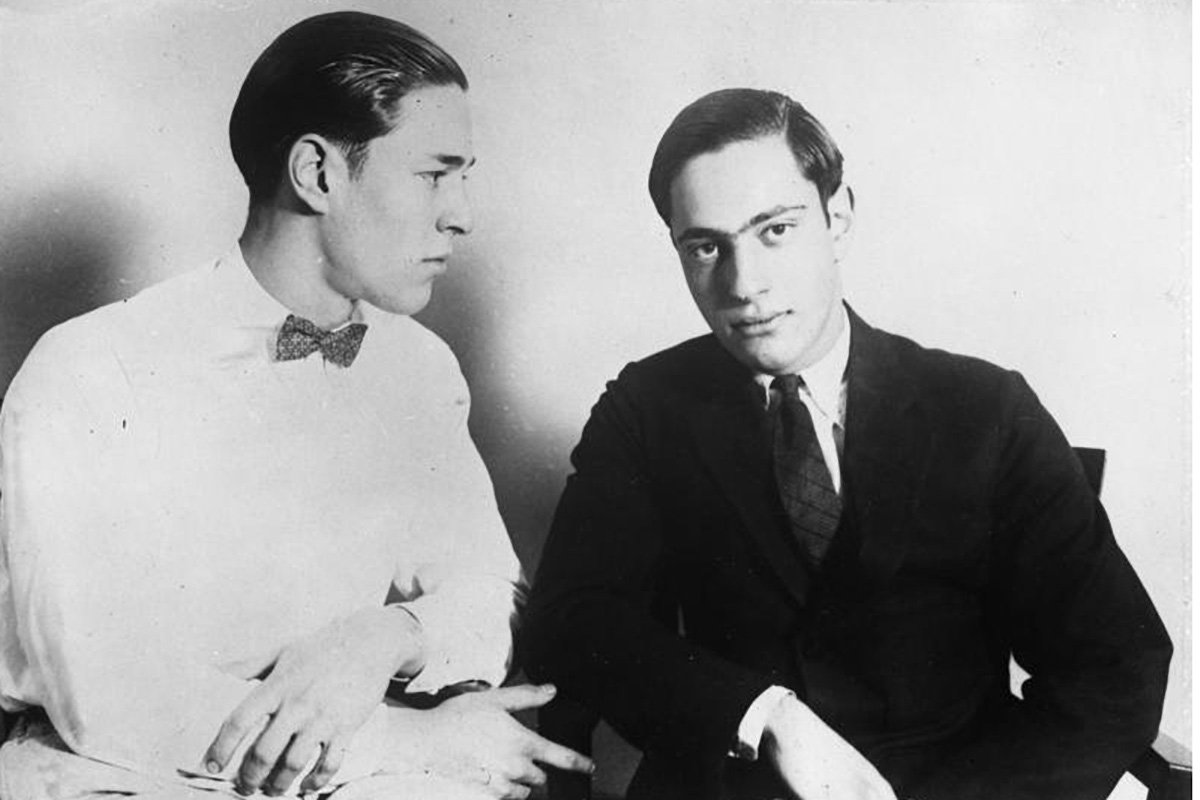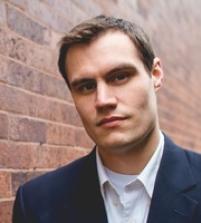
Telling the Stories of Leopold and Loeb
Thinking about Leopold and Loeb as well as their inspiration and their trial shows the importance of how we narrate the history of morality.
One hundred years ago, on May 21, 1924, Nathan Leopold and Richard Loeb tried to carry out the perfect murder. At the time, Leopold was enrolled at the University of Chicago and Loeb was a recent alumnus. Their studies were not unrelated to the crime, since the young men shared a mutual interest in philosophy. They would discuss, among other things, the ideas of Friedrich Nietzsche. As Leopold understood Nietzsche, the übermensch was a person who had transcended the moral scruples that keep ordinary people from exerting their will-to-power. Leopold, who was intelligent and accomplished, thought of himself as above the petty moral rules by which the weak try to restrain the strong. Together with his friend, they put this philosophy into practice by killing the fourteen-year-old Bobby Franks.
In my course on the nature of evil, I teach the students about Leopold and Loeb, alongside Nietzsche’s works and the Alfred Hitchcock film Rope which was loosely based on the pair. In Rope, a teacher (played by Jimmy Stewart) espouses Nietzschean philosophy at first but is horrified once he realizes how his murderous pupils have chosen to act upon it. The obvious-but-grim joke is that I make students read Nietzsche while we watch a movie in which a teacher regrets making students read Nietzsche.
Despite the risks, thinking about Leopold and Loeb as well as their inspiration and their trial shows the importance of how we narrate the history of morality.
In On the Genealogy of Morals, Nietzsche argues that the story of moral progress prevalent in Europe is a dehumanizing fiction. This story, which Nietzsche derisively associates with “English psychologists,” assumes that the human race started as inhumane and impulsive but has become civilized and compassionate. Increasing morality is a sign of progress and is conducive to further progress. From an evolutionary perspective, people who are self-restrained and cooperative are better suited to pass on their genes, and so Darwinism assures us that the fittest are the most ethical. From a religious perspective, many assumed (especially under the influence of Hegel) that an enlightened Christianity was the culmination of successive stages in moral development.
In sharp contrast, Nietzsche insisted that this so-called “progress” was actually a step backward. Moral refinement makes people deny their humanity, alienating them from their own desires and experiences. Nietzsche agrees that people have become more outwardly merciful over the centuries but argues that this is due to the imposition of codes of conduct by pusillanimous moralists. This, for Nietzsche, is the lasting impact of Judaism and Christianity—making people feel needlessly guilty for asserting their will whenever it hurts or offends others. Rather than seeing pity as proof of moral improvement, Nietzsche sees it as a straitjacket preventing people from authentically experiencing humanity. Humanity has become like the lion in the zoo—tamed, dead-eyed, captive, barely remembering what it feels like to hunt.
It is this Nietzschean narrative, coupled with a fascination with true crime, that inspired Leopold and Loeb to kill the young Bobby Franks. They kidnapped him near the corner of 49th Street and Ellis Avenue, a few blocks north of what is now UChicago’s Ratner Athletics Center. After disposing of the body in a culvert in Indiana, they were caught within days and promptly confessed. They explained that they had done it just for the thrill of it, in particular to learn what it felt like to take human life. It was a sort of experiment—killing a random person, testing the limits of their intellectual abilities, trying to learn through experience what it’s like to live unbound by what Nietzsche calls “slave morality.” As Leopold told a reporter, “A thirst for knowledge is highly commendable, no matter what extreme pain or injury it may inflict upon others.”
Despite their guilty plea, their trial was heralded as “The Trial of the Century.” This is due in no small part to noted defense attorney Clarence Darrow, soon to be even more famous for his role in the 1925 Scopes Monkey Trial.
Rather than putting the two teenagers on trial, Darrow put the death penalty on trial. In his closing argument, he made his case—ostensibly to the judge, but with an eye on the public reception—that it would be inhumane to execute Leopold and Loeb. Darrow offered a narrative of moral history in direct opposition to Nietzsche’s. To kill these young men, he argued, would contravene “every step in the progress of humanity” and “turn backward toward the barbarous and cruel past.” By contrast, “forward-thinking people” know to oppose capital punishment and can say with Darrow, “I know the future is on my side.”
Darrow worries that “in the first quarter of the twentieth century there has come back into the hearts of men the hate and feeling and the lust for blood which possesses the primitive savage of barbarous lands.” If Illinois hangs Leopold and Loeb, “the primitive has come back, and the intellect has been stifled, and men have been controlled by feelings and passions and hatred which should have died centuries ago… For God's sake, are we crazy? In the face of history, of every line of philosophy, against the teaching of every religionist and seer and prophet the world has ever given us, we are still doing what our barbaric ancestors did when they came out of the caves and the woods.”
Darrow’s case was successful, at least in the limited sense of avoiding the death penalty for the defendants, who were sentenced to life in prison plus ninety-nine years. Richard Loeb was killed in prison, while Nathan Leopold was released on parole thirty-four years after the murder. He was described as a “model prisoner” and he taught courses to his fellow inmates, did volunteer work, and revamped the prison library. After his release, he moved to Puerto Rico, got married, taught mathematics, and wrote a book about birdwatching.
One hundred years after the murder, these two narratives of history are still with us—Darrow’s story of merciful progress and Nietzsche’s story of repressive decline. Scholars debate whether humans have gotten better over the millennia and if it even matters. Similarly, they debate whether our moral intuitions are the keys to happiness or the shackles that restrain us. My students and I are less idealistic than Darrow about moral development, but also less willing than Nietzsche to endorse cruelty. Neither narrative is fully satisfactory. Remembering the story of Leopold and Loeb, and the stories that surrounded and shaped their lives, might help us tell a more complicated narrative about moralism, religion, and compassion.
Featured image: Richard Loeb and Nathan Leopold, from public domain.


